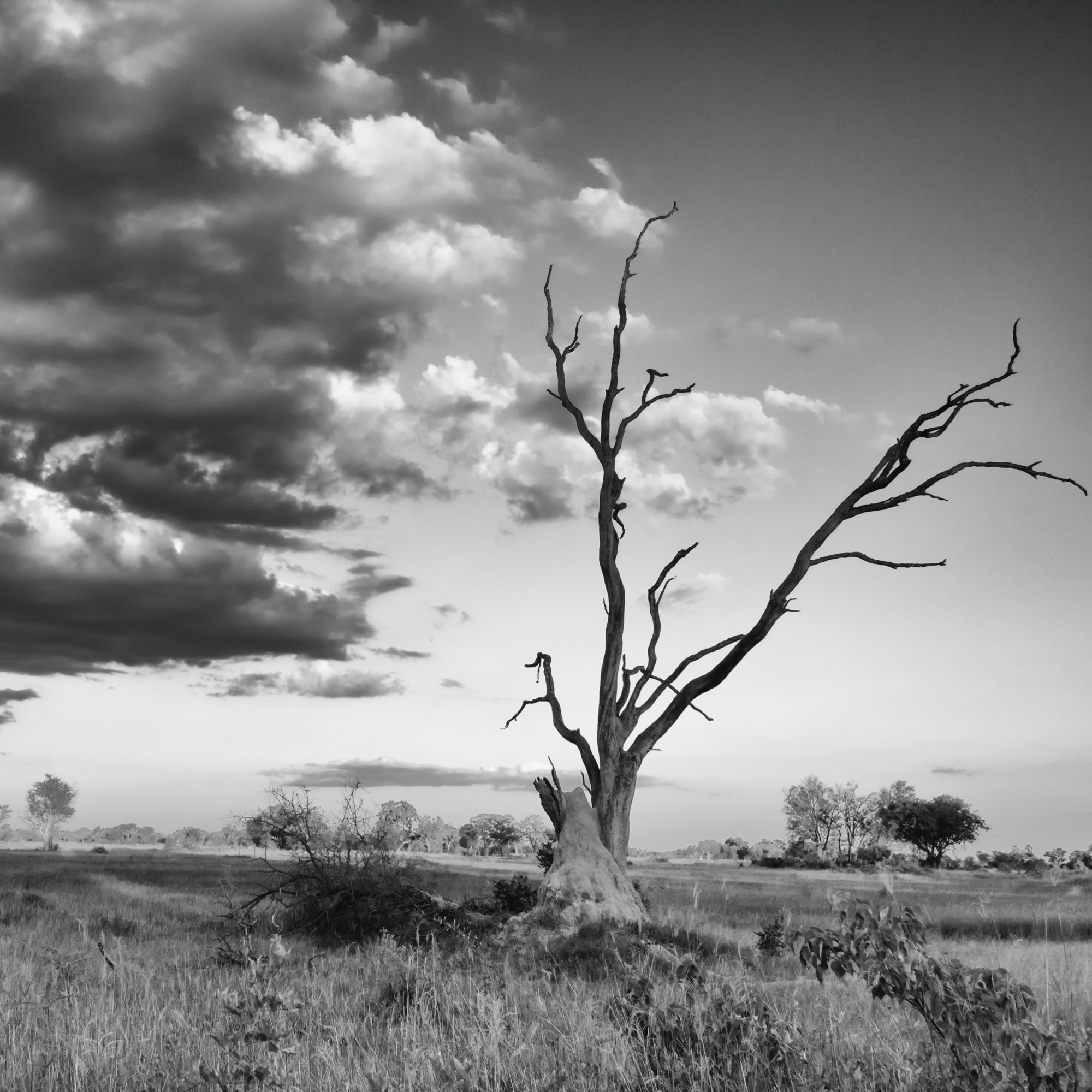
2020-04-05: Sunrise to sunset during safari
I’m working on a guest post for a friend doing an Armchair safari series, and thought I would share the images here as well. I decided that the theme of my post would be sunrise to sunset on safari; showcasing images from dawn till dusk while out in the bush. These are all shot during my last trip to South Africa and were from all of the camps that I stayed at. I would have to plan a lot more in advance while out in the field to have a sunrise to sunset images from a single day (note to self, do that next trip!).
Rather than a highlight reel of amazing sightings, these are just a collection of moments out in the bush.
I hope you enjoy.













2020-03-29: Lounging Lions
I think it is safe to say that I always want to be going on safari. But with everything going on right now, I am really grateful I don’t have any upcoming travel plans. I’d be very broken hearted if I had planned a trip for 6 or more months, which is what it normally seems to take, only to have to cancel it later on. Instead, I’ve had my head buried in books, moving towards finishing up the two classes that I have been working within the next week.
Perhaps all the extra schoolwork I have been doing is the reason lazy lions appealed to me to edit today. Who knows, but that is what I have to share today.
These were taken on several different game drives at different reserves; so if you haven’t been out with lions before, you can start to see a theme. They do spend a lot of time lounging around and resting. Something I am looking forward to next Sunday after I finish my exam. I don’t think I have it in me to manage lion style lounging for 22 hours or more, but a relaxed afternoon certainly sounds nice.
Stay safe, wishing you good health and a positive week ahead.




2020-0325: Wordless Wednesday

2020-03-23: Monochrome Monday
I call this one “Toes and Tails”. A few close up images of lions and leopards from my last time out in the bush.
Wishing everyone a safe and healthy week ahead.




2020-03-22: Leopards at night
At the start of the month I shared a post with some images of leopards at night and this post is a follow-on to that, showing what images taken with a red spotlight filter look like.
I’ve done a lot of editing in the past of red spotlight filter images to black and white, as I find they turn out to be stunning (there are a few examples of lions at night in my gallery that were done this way) but I wanted to leave these as is, and do the best I could with editing the images, because seeing them this way gives another real life look at what being on safari, and on a night game drive in particular, can be like.





I hope you have enjoyed, and wishing you a safe and healthy week ahead. Take care.
2020-03-18: Wordless Wednesday



202-03-16: Monochrome Monday
A simple giraffe to end the day.

2020-03-15: African Birds
It was far too cold for me to get out and photograph any local birds this week, so instead I have come up with quite a random assortment of African bird images to share this week.
Wishing everyone a wonderful week ahead. Stay safe out there!





2020-03-11: Wordless Wednesday






